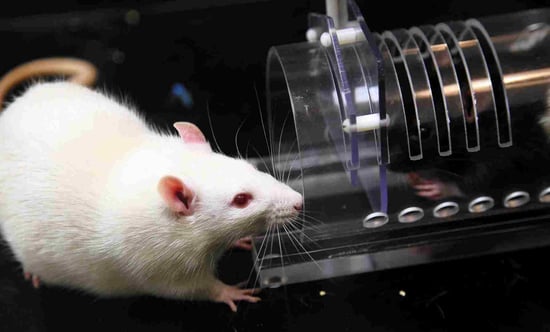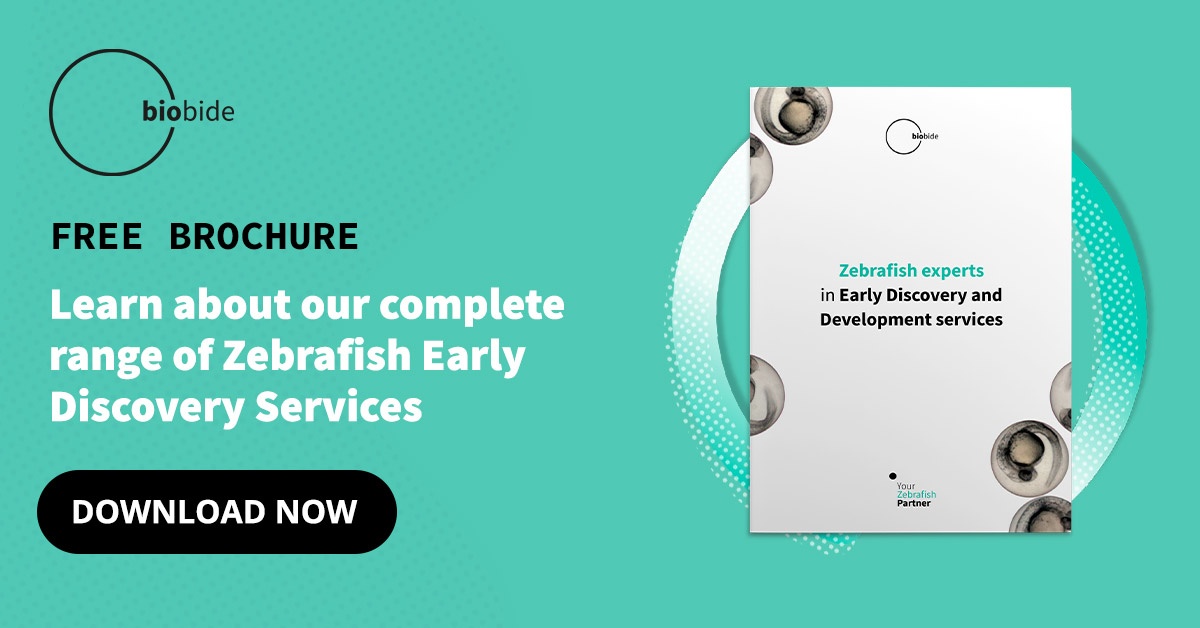Model organisms are easy to house, develop and maintain in the laboratory, making them suitable for pharmaceutical testing. When a species of animal or plant has been studied in detail, has undergone a substantial amount of research and is suited to testing it is known as a model organism.

More on model organisms
A model organism is ideal for testing because it is adaptable and easy to manipulate. It can be used for all kinds of research and testing, including chemical, disease and drug testing.
Model organisms allow the testing of certain products to identify if they are safe for human use, whether a new drug, a vaccine or a household cleaning chemical.
The benefits of using model organisms in research
Model organisms have several benefits for scientific testing and research including:
- They can often be reproduced in large numbers and are therefore affordable to breed.
- Some have very similar anatomy to that of humans, making them ideal to study the prevention and cure of human disease.
- They are suitable for the creation of genetic maps, which show the position of genes in chromosomes. This allows scientists to study the DNA and genetic make-up of the chromosomes in a form that is similar to that of humans.
Model organism examples – traditional and alternative
There are several kinds of model organism examples – traditional and alternative – these are the most common:
Mouse and rat - traditional
Mice and rats have been used in pharmaceutical testing for many years as they have similar genetic features to humans. However, their popularity in research is declining and making way for alternative models following the 3Rs principles (Replacement, Reduction and Refinement). Rodents can also be more expensive to breed than alternative models and their status as in-vivo (living) means using them for testing often rises ethical issues.
Fruit fly – traditional model
The fruit fly is a common model organism and is widely used in research to understand human diseases. It is a tiny species (3mm long) and so is inexpensive to breed and keep. It develops in only 10 days so is a cost-effective model. Fruit flies have been used in research for over 100 years, particularly in the manipulation of genes to study the mutation of multiple diseases.
Human and fly genomes share many gene functionalities as do rodent genomes, and in some research, the genomes have been swapped between species with no adverse effects. As with the zebrafish, the fruit fly produces external embryos, making it easier to study embryo development.
Yeast – traditional model
Yeast is a live organism that is more commonly known as a bread raising agent. However, its use as a model organism is popular as it contains some genes similar to that of humans. An example of yeast used in research is to study the cells that mutate in cancer, for example, colon cancer. Yeast is also a common model organism used in new drug testing.
Yeasts are easy to be genetically manipulated, are very affordable to produce and develop fast. This can be seen in the fact that yeast can be cultured in a few hours, whereas animal cells can take weeks to develop.
Zebrafish – alternative model
Zebrafish are an increasingly popular organism model and an alternative to animal testing. They can produce hundreds of eggs in one single reproductive cycle and have several organs that replicate human organs, such as the heart, brain, eyes, pancreas, liver and kidneys.
Zebrafish is a suitable model for research and testing as in these fish more than 80% of the genes involved in human diseases are maintained and it is easy to manipulate gene function and DNA sequences to study human diseases. The larvae of this tiny Asian fish are transparent, meaning internal organs can be viewed, and it is very cost-effective to house and produce.
Drug testing and disease research is expensive and takes a long time, (it can take up to 15 years to bring a new drug from the development phase to approved market launch), so any model that saves costs and is reliable is a welcome addition to modern science.
With modern technology becoming more advanced, genetic modification and testing are easier than in the past, allowing scientists at Biobide to carry out more straightforward and faster research. Another moldel organisms used by Biobide’s scientists include daphnia and algae, being these pillar models for the identification of substances with a potential ecotoxicity effect. Model organisms are likely to always have a role in pharmaceutical research, but alternative models, such as the zebrafish are fast becoming a popular choice.





